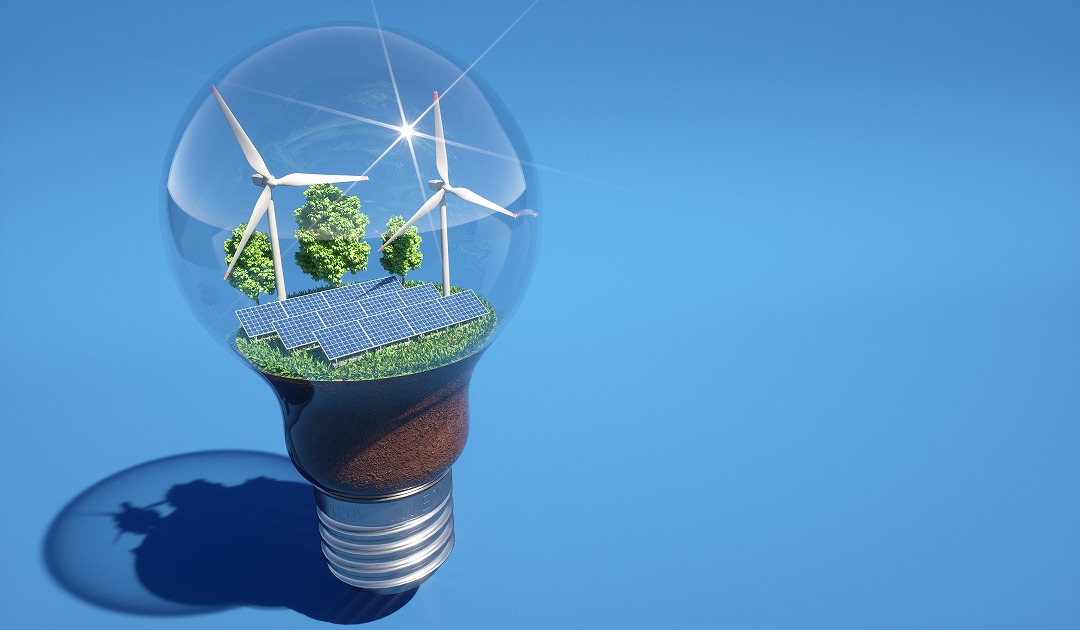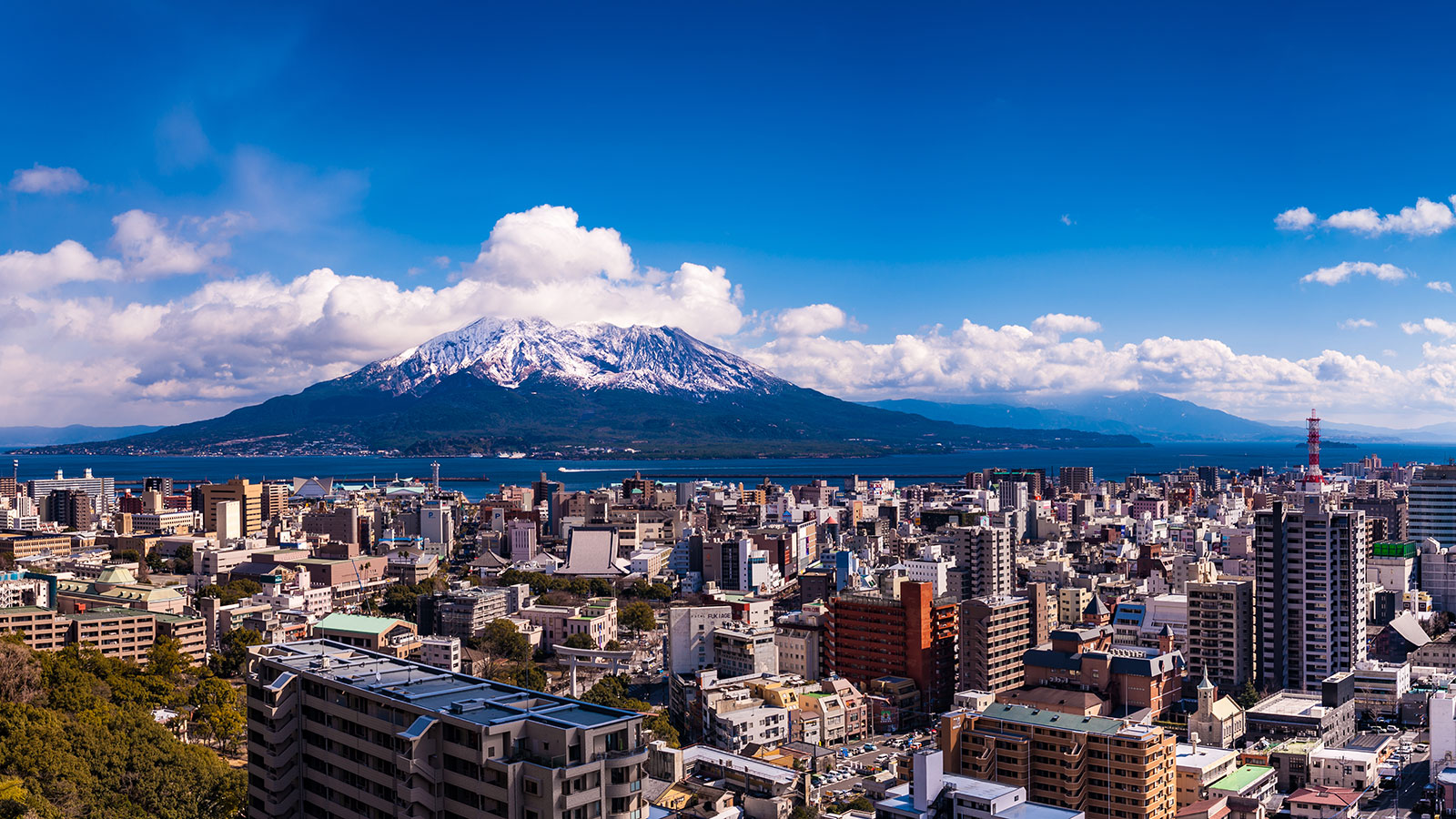
ESG + DC, TOPICS & NEWS

2024.08.23
With the rapid spread of artificial intelligence (AI), the importance of data centers is increasing. Currently, there is a potential shortage of data centers to support generative AI and the AI of the next few years, and there are challenges such as how to secure the large amounts of electricity consumed by data centers. While companies are making efforts to meet demand by using renewable energy and reducing carbon dioxide emissions, domestic companies tend to be less aware of this issue.
GAFAM companies have been building their own renewable energy power plants.
Companies like Amazon, known as GAFAM, have already entered into long-term contracts with power generators to directly procure renewable energy. They secure renewable energy generation facilities near electricity-consuming facilities such as data centers and use renewable energy in a “local production for local consumption” manner.
Google has announced that it has procured more than 50 renewable energy sources with a total capacity of 5.5 GW. Microsoft has announced contracts for 5.8 GW of renewable energy sources in 10 countries worldwide.
Government considers subsidy system
Meanwhile, the government has announced that it will promote industrial clustering in regions with abundant decarbonized electricity such as renewable energy and nuclear power. A system is being considered to review investment plans by companies and local governments when constructing factories and data centers, and to make projects with a high degree of decarbonization eligible for corporate tax breaks and subsidies.
The Green Transformation (GX) Promotion Act, which sets out the government’s decarbonization strategy, will be amended. Companies will be required to formulate plans specifying the proportion of decarbonized electricity used for facility development.
By making applications with municipalities that meet a certain level of decarbonized electricity for use within the region a condition, the government aims to shift to a corporate location policy focused on reducing environmental impact.
After certification, companies will be eligible for measures such as corporate tax reductions and subsidies for capital investment.
Expectations for a change in corporate awareness towards decarbonization
There is a bias in the regions where decarbonized electricity can be supplied domestically. Regions with a high proportion of decarbonized power sources, exceeding 40%, are limited to Hokkaido, Kansai, and Kyushu in Japan, where power generation facilities such as solar and wind power are widely located. Suitable locations for offshore wind power, which is subject to wind direction, are limited to the offshore areas of Hokkaido, Aomori Prefecture, Akita Prefecture, and Nagasaki Prefecture.
If electricity is transported far from the power plant, transmission losses occur. Transmission network equipment also incurs costs, making the use of electricity from remote locations expensive. Industrial clustering promotes local production for local consumption of electricity and leads to efficient use of energy.
In recent years, there has been active construction of semiconductor-related factories and new data centers in Japan. While electricity consumption is expected to increase, the government aims to achieve net zero emissions of greenhouse gases such as CO2 by 2050.
It is expected that subsidies will encourage companies to become more aware of decarbonization, but it remains to be seen how this will actually play out. We would like to introduce the future situation as well.


dil_admin
TOPICS & NEWS



 JA
JA




